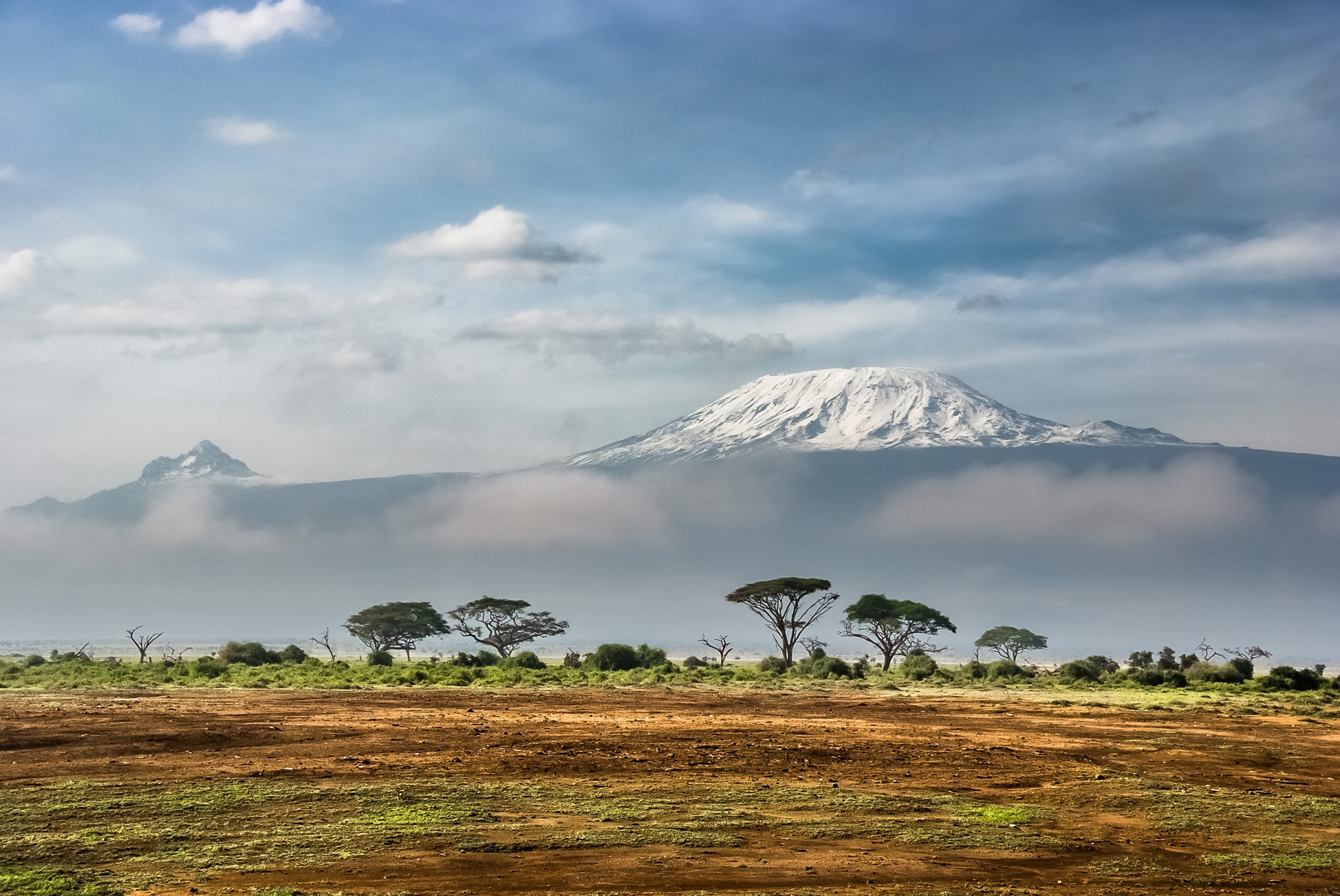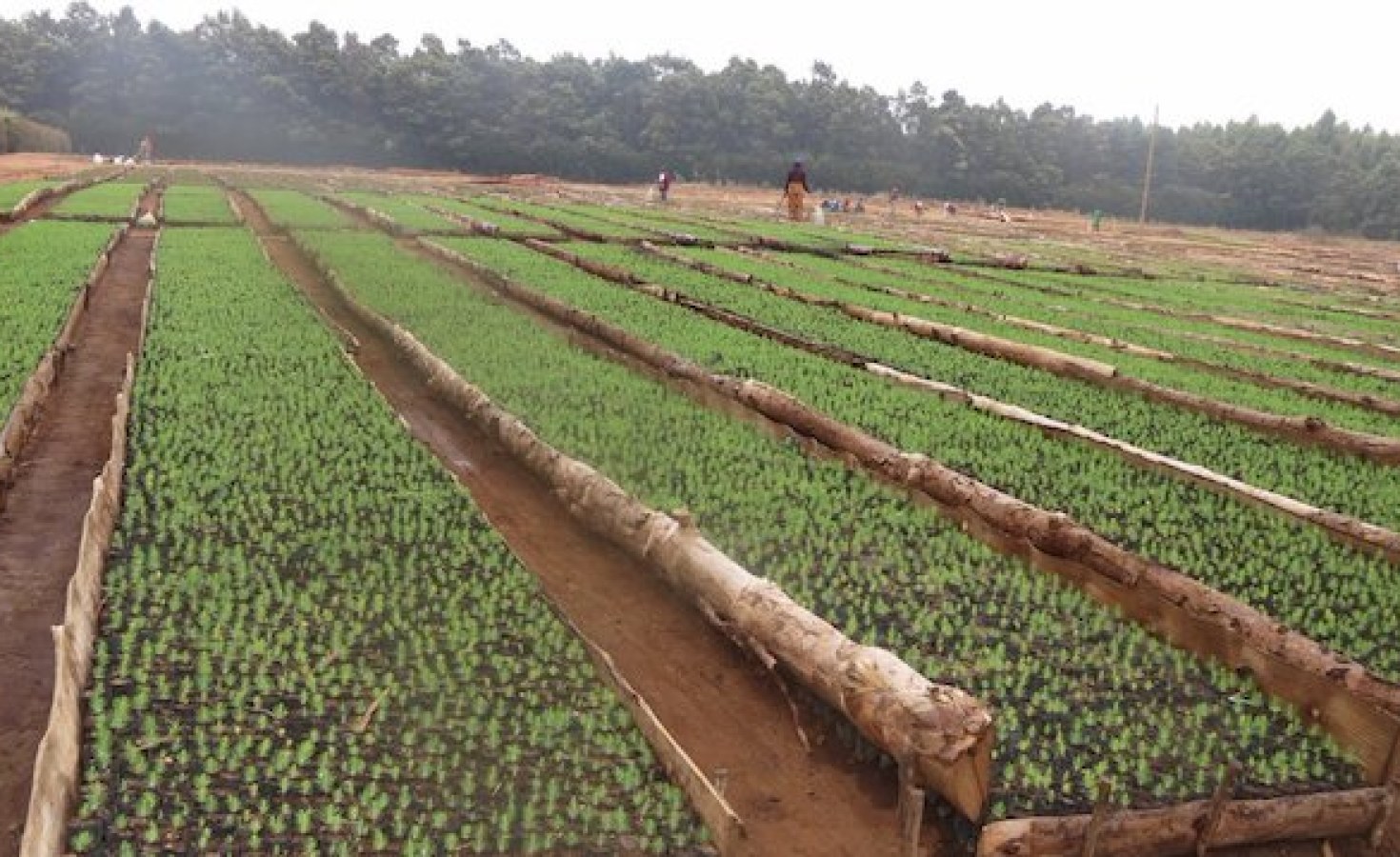
- Sustainable Planet -
- 3mins -
- 645 views
Tanzania to plant 50 Million Trees in Kilimanjaro
Tanzania’s long-term solution is to educate local people about how to grow and plant trees, the values of trees, and how to manage multi-purpose forests that provide benefits to local people.
Mount Kilimanjaro is a key indicator of climate change — planting trees can heal
Deforestation around Mt. Kilimanjaro, Tanzania has caused air temperatures to increase, blowing up the face of the mountain, causing the glaciers on Mt. Kilimajaro to melt at an alarming rate. By planting 50 Million trees it is possible to decrease radiant heat through evaporative cooling and shade.

Tanzania: 50 Million Trees to Be Planted in Kilimanjaro
Strategies are under way to ensure 50 million trees are planted in Kilimanjaro region under the ‘Trees 4 Kili’ Project.
A Director with the project, Thomas Munuo said that the trees to be planted during the long rainy season are meant to combat drought and possible desertification.
Mr. Munuo said that the project aims at reinstating the once famous green scenery of the region that is home to Africa’s highest mountain – Kilimanjaro.
The director said already one million trees have been prepared, adding that a closer follow-up of growth of the trees will be maintained to ensure they do not wither.
Munuo said that felling of trees and failure to plant new ones has adversely affected the region, causing a huge decrease in ice on the peak of Mount Kilimanjaro. Rain has substantially decreased in the region as years unfold.
He said concerted efforts are needed in mitigating climate change effect as well as controlling human activities such as charcoal burning and using trees as firewood.
The director noted that many youths are ready to participate in agricultural activities but are let down by lack of reliable rain, where some of them have moved to other regions with enough rain and even distribution.
Mr. Munuo said that the ‘Trees 4 Kili’ Project has been specifically initiated in Kilimanjaro region to check environmental degradation and engage people in planting trees.
He expressed his gratitude to Wild Frontiers and Tanzania Breweries Limited (TBL) for supporting the project financially as well as getting tree seedlings in place. He called upon the public, forestry officers and local government officials to join hands to make the project a success.
Source: AllAfrica

Jane Goodall returned to Tanzania on tree-planting mission
Dr. Jane Goodall is known across the globe as the world’s leading primatologist and a prominent environmentalist.
In February 2019, Goodall, now 84, joined her international youth group Roots and Shoots to plant trees in Moshi, Tanzania at the base of Mount Kilimanjaro, Africa’s highest mountain.
The area that surrounds the mountain is already exhibiting the harsh effects of climate change partly due to large-scale deforestation in the region, which Goodall’s organisation aims to address.
The expedition, a partnership with adventure travel group The Explorer’s Passage (TEP) and polar conservation foundation 2041 ClimateForce, invited participants to join the trek to raise proceeds to fund large tree-planting projects by the Roots and Shoots chapter in Tanzania.
TEP’s group of 19 explorers planted 2,041 trees, the last 41 of which were planted alongside Goodall. (See below)
Source: Eco-Business.com

